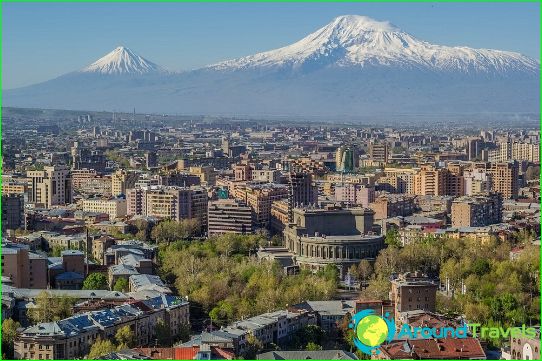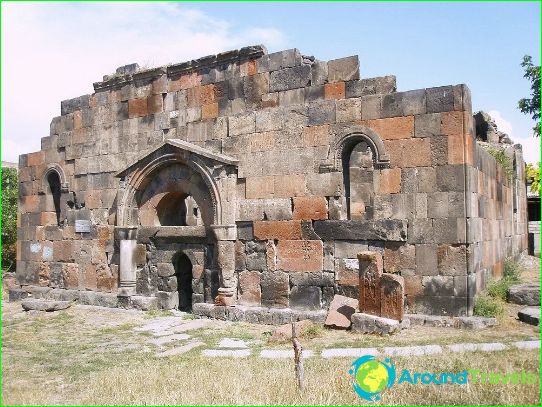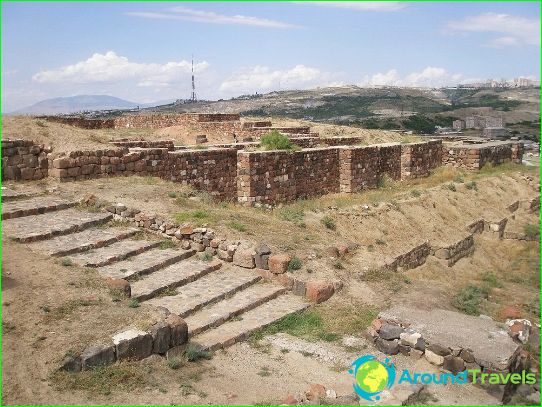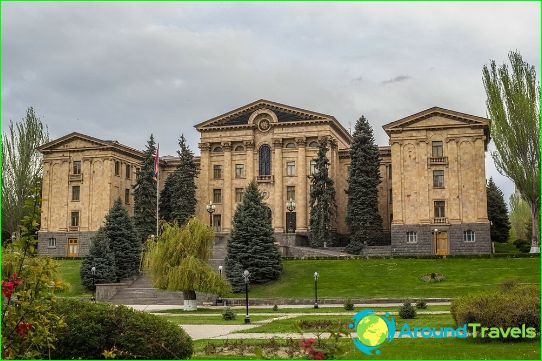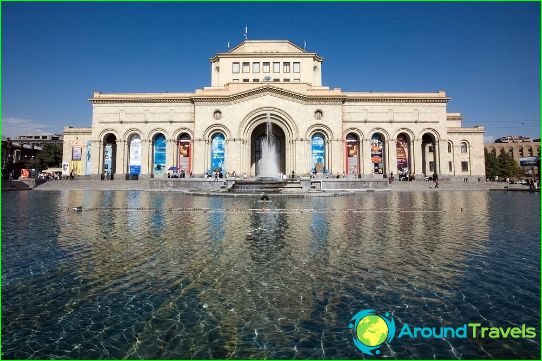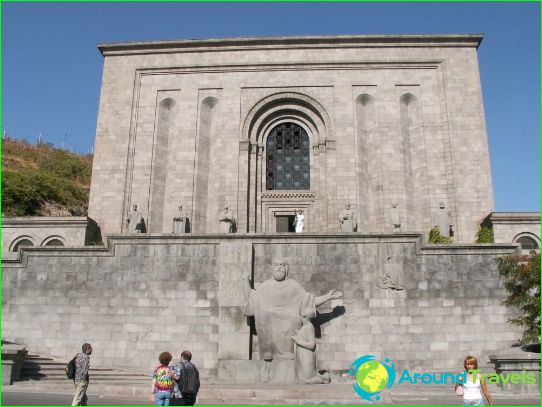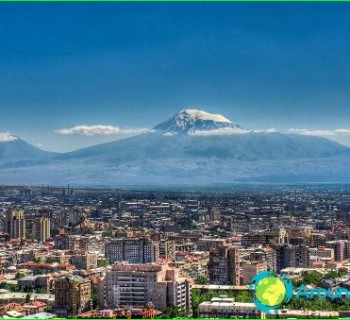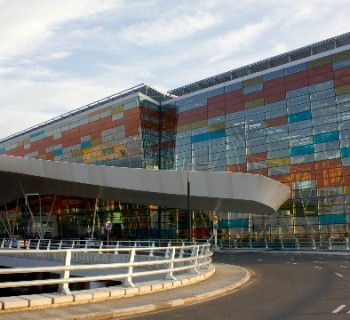History of Yerevan
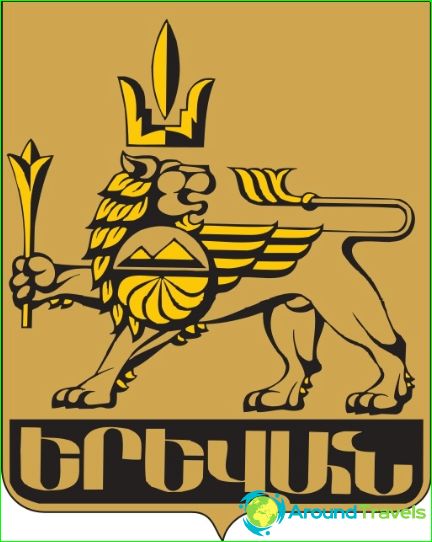
Yerevan is the capital, political, economic, scientific and cultural center of Armenia, as well as one of the oldest cities in the world.
The foundation and flourishing of Yevrevan
In 782 BC. the king of the ancient powerful state of Urartu (also known as Ararat, Biainili or the Kingdom of Van) Argishti I founded in the Ararat valley on the Arin-Berd hill (southeastern outskirts of modern Yerevan) the fortress city of Erebuni, from which, in fact, the history of Yerevan begins. One of the proofs that allowed historians to accurately determine the date of the foundation of Yerevan was found in the ruins of the fortress in 1950, an old stone slab, which has been quite well preserved to this day, on which many centuries ago a skilled master wrote the lines in cuneiform: «By the greatness of the god Khaldi Argishti, the son of Menua, built this mighty fortress, established its name Erebuni for the might of the country of Van and to intimidate the enemy country ...».
In the VI-IV centuries. BC. Yerevan was one of the most important centers of the Armenian satrapy in the Achaemenid Empire. Unfortunately, information about the history of Yerevan in the IV century. BC. - III century. AD practically absent, and this period is often called «dark ages of Yerevan».
At the beginning of the 4th century, Christianity officially became the state religion of Armenia. The very first Christian church in Yerevan - the Church of Saints Peter and Paul - was built only in the 5th century. In 1679, as a result of a strong earthquake, the temple was thoroughly damaged, but rather quickly restored. In 1931, the church of Saints Peter and Paul was demolished, and a cinema was built in its place. This is how the oldest Yerevan temple ceased to exist...
Middle Ages
By the middle of the 7th century, most of the Armenian lands were under the control of the Arabs. In 658, the Arabs conquered and was located at the intersection of important trade routes between Europe and India, Yerevan. At the beginning of the 9th century, the influence of the caliphate weakened significantly, which led to a more flexible policy towards Armenia, and then the restoration of the Armenian statehood. Yerevan became part of the kingdom of the Bagratids (Ani kingdom). In the XI century, the city was ruled by the Seljuk.
In 1387, Yerevan was conquered and plundered by Tamerlane and subsequently became the administrative center of the Hulaguid State (in Western historiography, it is better known as «Ilkhanate»).
In contrast to the relatively calm 15th century, the 16th-18th centuries brought many troubles to Yerevan. The important strategic importance of the city made it one of the main arenas of the destructive Turkish-Persian wars. The population of Yerevan also significantly decreased, including due to the mass deportation of Armenians in 1604, carried out by order of Shah Abbas I. In 1679, as a result of a strong earthquake, most of the city was destroyed.
19th and 20th centuries
In October 1827, during the Russian-Persian war (1826-1828), Yerevan was captured by Russian troops. In 1828, after the signing of the Turkmanchay peace treaty, the lands of Eastern Armenia were ceded to the Russian Empire, and Yerevan became the capital of the Armenian region (since 1849 - the Erivan province). At the end of the war, the Russian Empire initiated and financed the repatriation of Armenians from Persia and the Ottoman Empire to their historical homeland, in connection with which the share of the Armenian population in Yerevan increased sharply.
By the middle of the 19th century, despite the status of the capital of the province, Yerevan was just a poor provincial town. Gradually Yerevan began to grow and develop. In 1850-1917. a number of institutes and colleges were created, a printing house was founded, several factories and factories were built, a railway, and a telephone line was also laid. Intensive development of Yerevan began in the 1920s. XX century, when Yerevan was already the capital of the Armenian SSR. The master plan was developed by the famous architect Alexander Tamanyan, who incredibly harmoniously managed to combine in the architectural appearance «new Yerevan» neoclassicism and national Armenian motives. The city developed rapidly and soon became a major industrial and cultural center..
Until 1936, the city officially bore the name «Erivan» after which it was renamed to Yerevan. In 1991, after the collapse of the USSR, Yerevan became the capital of independent Armenia..
